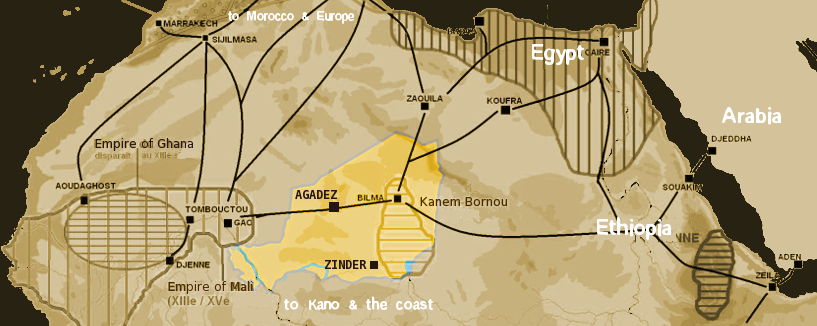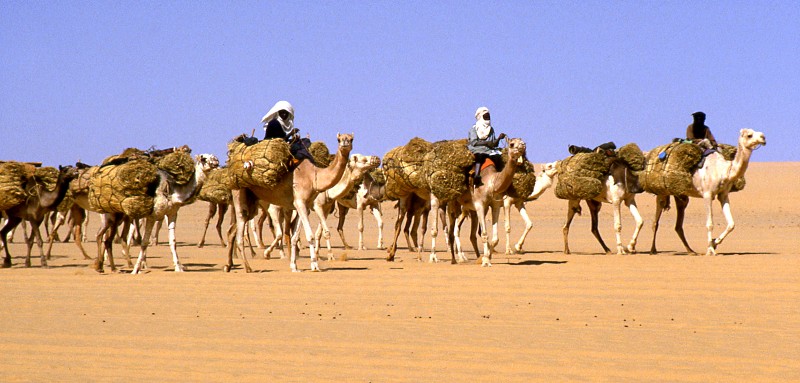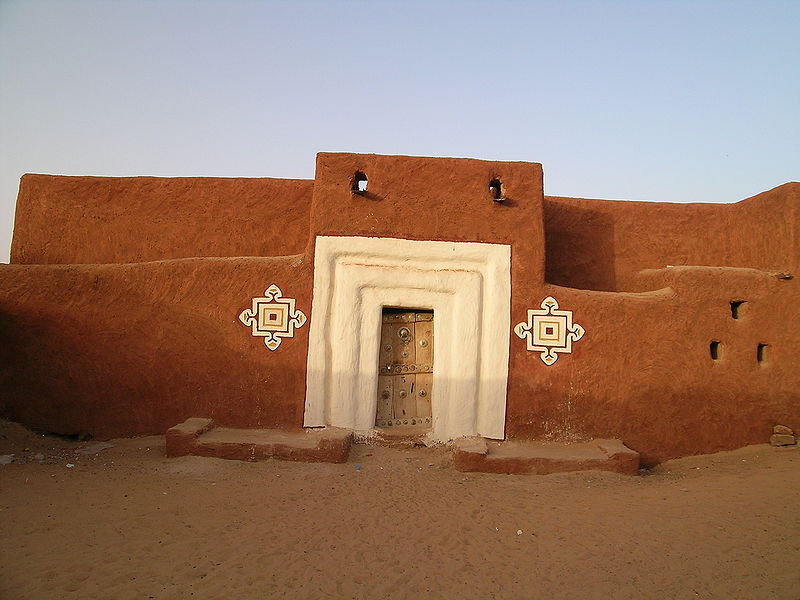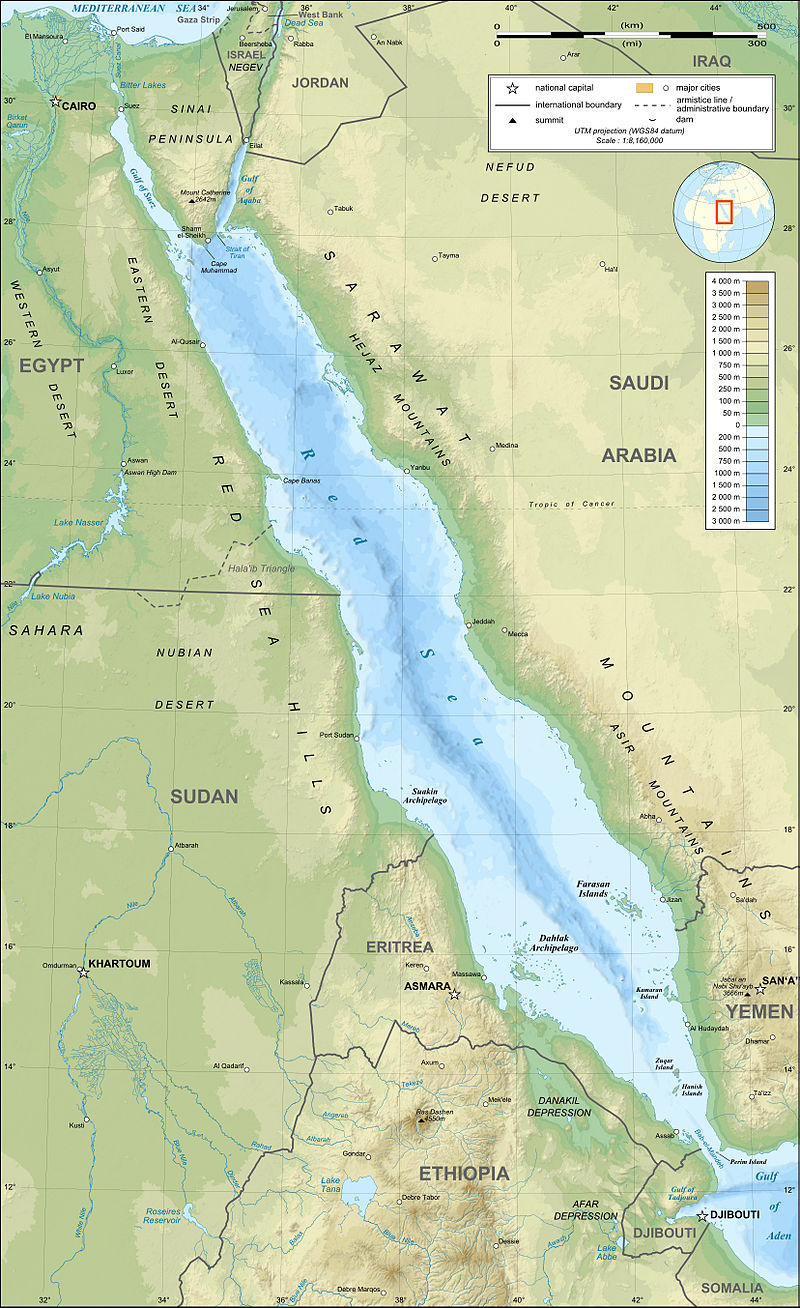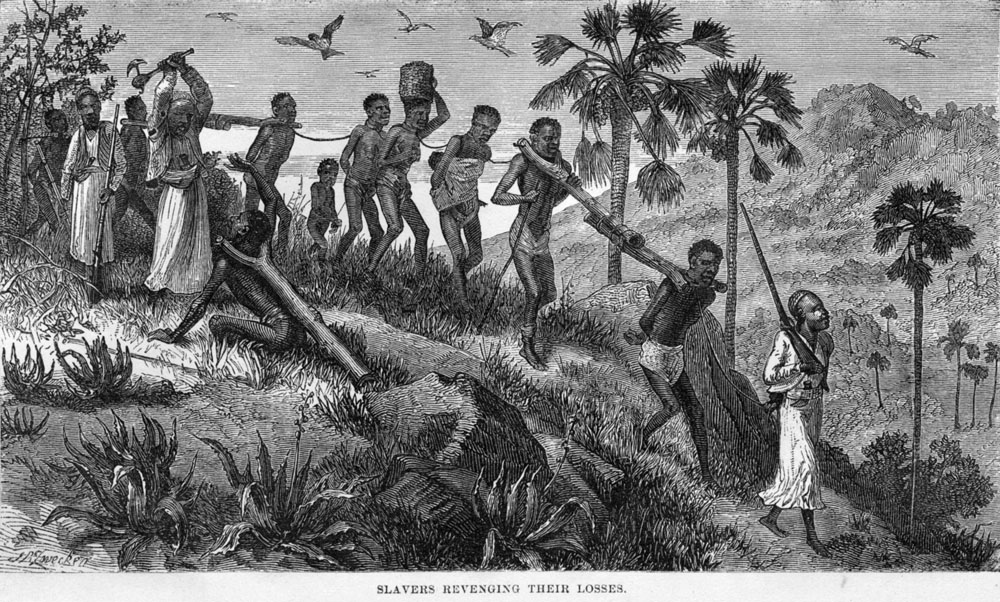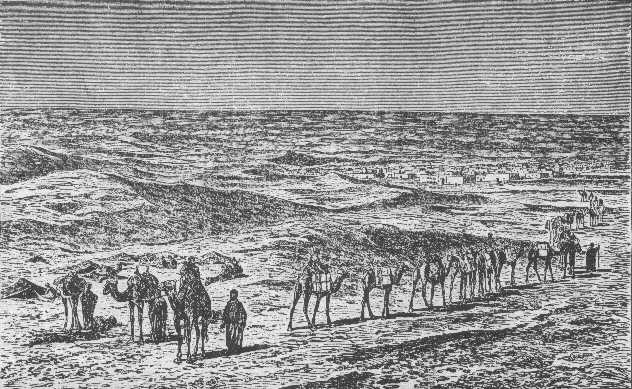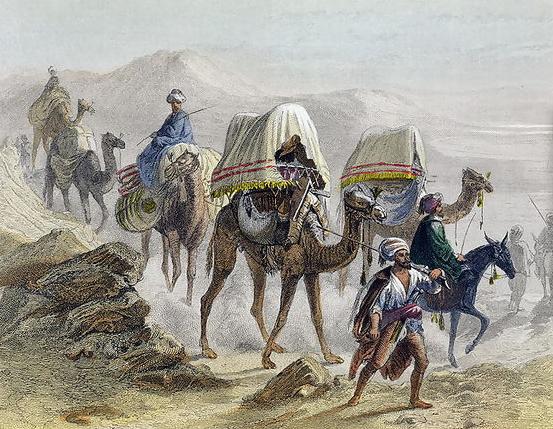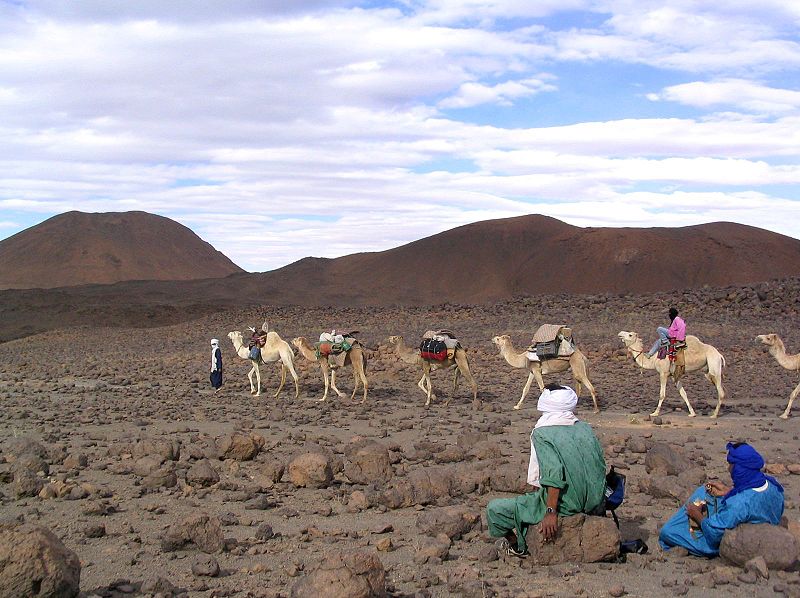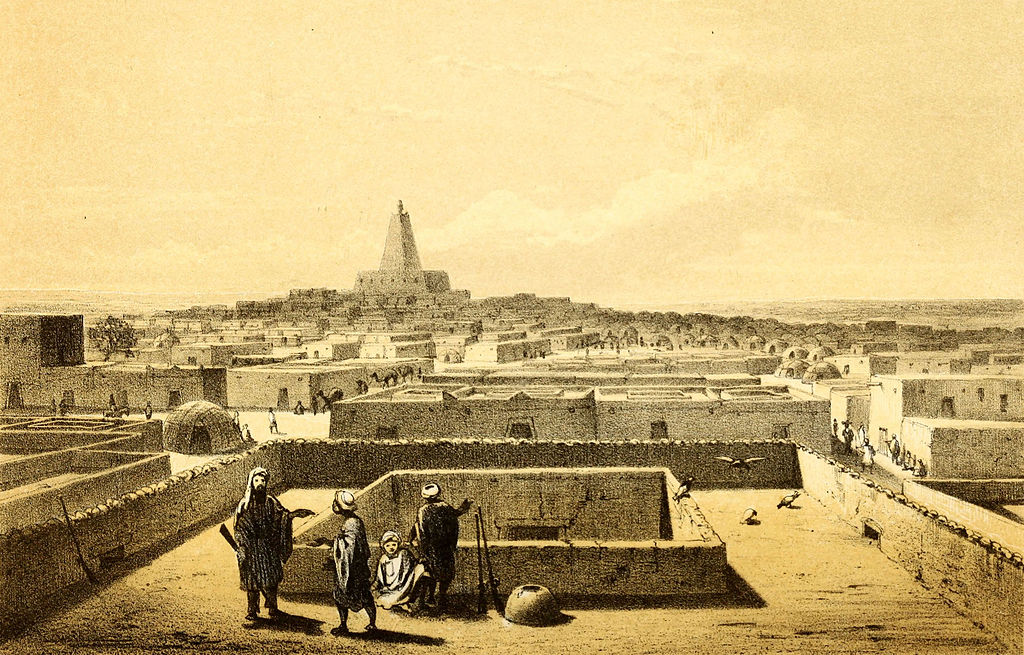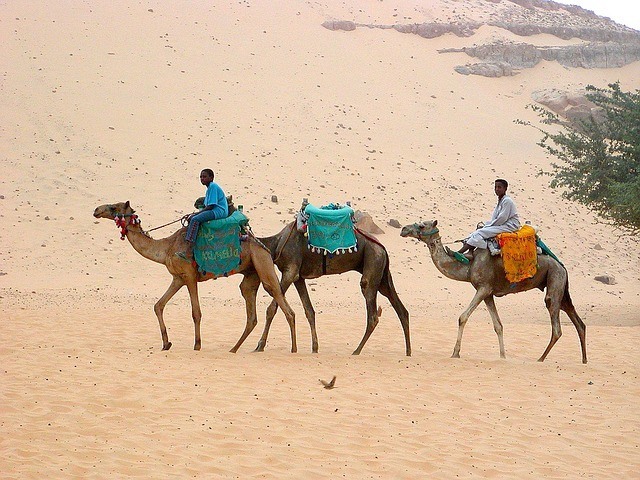African Trade Routes
If you have read about the Empires of Mali and Ghana, the Sahara desert, the slave trade or even the Silk Road in ancient China, you will have seen the word ‘trade’ many times.
Africa has many ancient trade routes and has long traded with the rest of the world.
Africa is a very large continent, full of resources. Africa has also been connected to the rest of the world through trade for centuries (over 2000 years at least).
In fact, Africa is pretty famous for this. It was seen by Europe as a land rich with gold in medieval times. These trade routes were vital in the growth of African empires.
Goods from western and central Africa were traded to distant places like Europe, the Middle East and India.
Why did trade routes develop?
Being such a large continent, with very diverse landscapes (ecology), people needed goods and crops from elsewhere. Kings and queens also sought out luxury goods from elsewhere.
People in different parts of Africa needed to trade with each other. To transport goods from outside and within other parts of Africa, trade routes developed.
These trade routes spread all over Africa and traders became very important in all African societies throughout time.
The main trade route across Africa was the Trans-Saharan Trade Route.
Trans-Saharan Trade
China had the Silk Road and Africa had the Trans-Saharan Trade Route. The Trans-Saharan Trade Route was the network of routes that took goods across the Sahara desert.
These routes went north to south and from east to west. Along the northern part of Africa, there were port cities that received goods from far away parts of the world.
These were port cities like Marrakesh, Tunis, Cairo and Adulis, which was on the Red Sea.
Major trading towns also developed south of the Sahara, where these goods would arrive from the North. These were cities like Gao, Timbuktu, Agadez and Djenne.
Archaeologists have found lots of goods from faraway places in these cities. Items like cowrie shells and glass beads were found along these Trans-Saharan routes.
Goods like glass beads and cowrie shells not only came from abroad, they were used as money to trade items. The most common items were gold and salt.
People were transported along these routes too, as part of the Trans-Saharan Slave Trade.
Caravans and Camels
The main mode of transport was camels. These animals were the best for travel across the Sahara because they are well-adapted for dry areas like deserts.
They could carry great loads of either people or trade goods. These special animals are what made trade across the Sahara possible.
Because travel across the Sahara was pretty dangerous, it was safer to travel in great number. There were also bandits that would raid these traders so it was better to stick together.
Large numbers of camels and people that travelled together were called caravans. A normal caravan had approximately 1000 camels but some were even bigger, with around 10,000 camels!
Sometimes enslaved people would carry goods instead. It could take three months to cross the desert.
Islam and the Trans-Saharan Trade
Through these trade routes, the religion of Islam spread in Africa. In the capital of Timbuktu, one of the most traded items was books.
Many Muslim traders settled down in West Africa and brought their religious practices with them.
Quiz Time – Test Your African Trade Knowledge!
What was the most famous trade route in Africa?
What goods were traded?
Name two important port towns in the north of Africa.
Name two important trading cities south of the Sahara.
What did people use as money in Africa?

